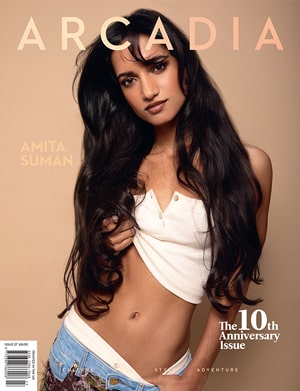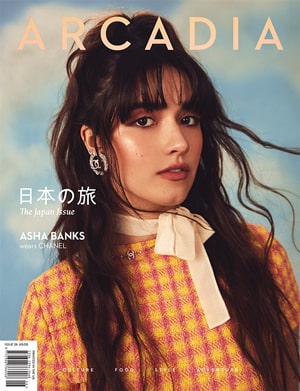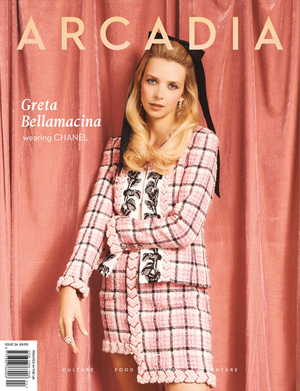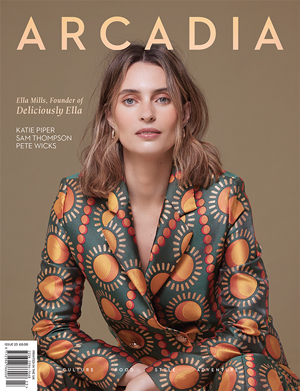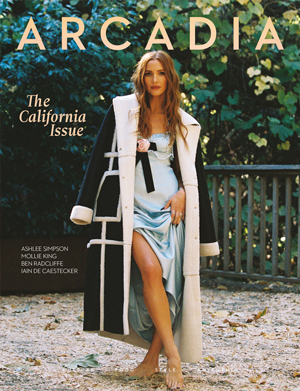If you’re thinking of buying a diamond engagement ring for the first time, you’ll know that this is a decision worth getting right. With every gemstone unique to the millionth degree, it can be hard to find your favourites.
The true quality of each stone is defined by its cut, colour, clarity and carat. Each factor shapes the diamond’s beauty, rarity and ultimately its value too. To make sure your purchase suits your budget along with your spouse’s style, here’s everything you need to know.
The Big Four
Learning about diamonds starts here.
The Four C’s are the universal standard for assessing the quality of a gemstone, so learning these will help you to speak the same language as your jewellers. Getting familiar with the terminology is also an important part of figuring out what’s most important to you and the one you love.
- Cut: The most important ‘C’
This refers not to the shape of the diamond, but the way in which it’s been faceted by the cutter. The cut focuses on its overall proportions and how each facet interacts with light, which determines the diamond’s symmetry.
A diamond’s shape, meanwhile, typically only refers to the physical appearance of the gem. That’s why shapes are sometimes mistakenly called cuts. There are three main techniques used in diamond cutting:
- Brilliant cut: This ever-popular style consists of up to 58 triangular and kite facets, which radiate from the stone’s centre. Round, oval, pear, and heart-shaped diamonds are typically cut using this style.
- Step cut: This cut is characterised by narrow, four-sided facets on both sides of the pavilion and crown. Step cut diamonds truly showcase the diamond’s colour and clarity.
- Mixed cut: Pairing both brilliant and step cut facets, mixed cut diamonds offer a distinctive and eye-catching look. They create a magical interplay of light and colour.
2. Colour
In diamonds, the absence of any colour is most desirable.
According to grading set by the Gemmological Institute of America, each gemstone sits on a scale from D to Z. Only completely colourless diamonds can be graded D. In alphabetical order, anything closer to Z will have noticeable yellow or brown hues.
When you’re shopping with your loved one in mind, it’s worth taking time to find high quality engagement rings. Part of the process involves choosing a colour grade that looks white to the naked eye. Focus on diamonds with grades between D and F, or instead, choose a setting that complements the gemstone’s natural tints.
3. Clarity
This term refers to what’s on the inside of the gemstone. Known as blemishes and inclusions, these tiny imperfections occur naturally when diamonds are exposed to high pressure and heat deep underneath the earth.
These unique internal characteristics are described using diamond clarity charts. The clearest and most desirable diamonds have very, very small inclusions, abbreviated as VVS1 or VVS2. Other diamonds are classed as follows:
- VS1 to VS2: Very small inclusions
- SI1: Small inclusions, not visible to the naked eye
- I1, I2 and I3: Visible, notable and pronounced inclusions
4. Carat
Finally, carats refer to the diamond’s weight – and its value. One carat equals 0.2 grams, but this measurement doesn’t directly equate to size.
For example, two diamonds of the same carat weight might vary in size according to their cut and shape. Bigger diamonds are rare, so they’re typically more expensive too.
But the cut, colour and clarity will also play a big part in determining its value and appearance. As carat weight increases, the price does too.
Picking the best gemstone comes down to more than just personal preference. With an understanding of the Four Cs, you’ll be able to choose the best possible engagement ring within your budget.


